Martha Stewart's multi-functional basement proves this room shouldn't be an afterthought – it's one of the most important spaces in her home
Martha's Bedford farmhouse features the most unconventional basement I've ever seen – it's stylish enough to reshape what I knew about this space
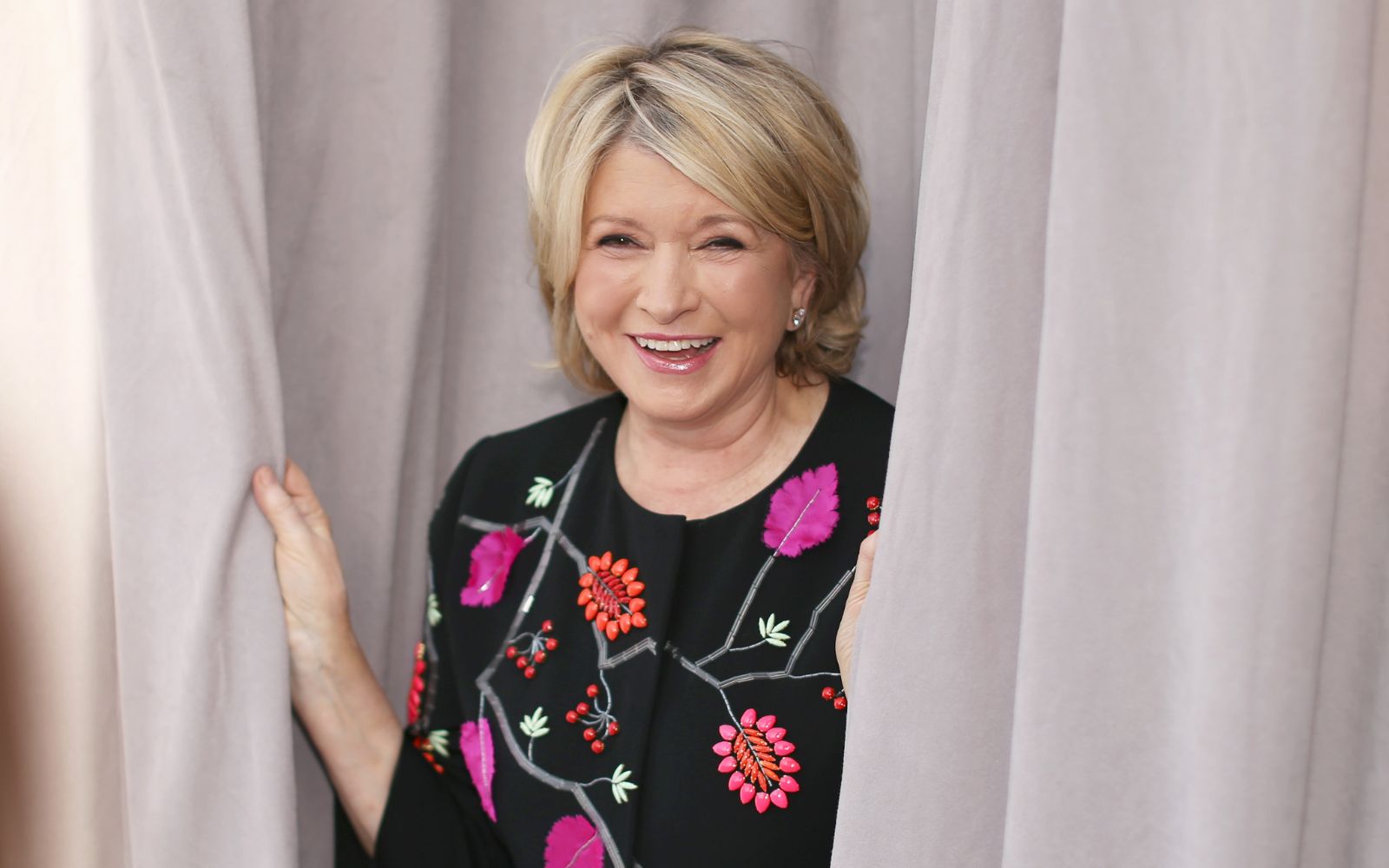

When you think of a basement, you likely imagine a dark, disorganized space that resembles a garage. This was how I felt, too, until I came across Martha Stewart's Bedford farmhouse.
The iconic property, constructed in 1925, had all the makings for a creepy basement. However, over a quarter of a century ago, Martha excavated the foundation of the original home, including the small, unfurnished basement as she knew it.
Following the renovation, she upgraded the space into a 2,600 square foot zone that comprises a laundry area, craft room, and most notably of all, a colorful wrapping station. The result, shared on a page that revives archival Martha Stewart shots, permanently changed basement ideas as I know them,
A post shared by Martha Moments (@martha_moments)
A photo posted by on
Shop the look
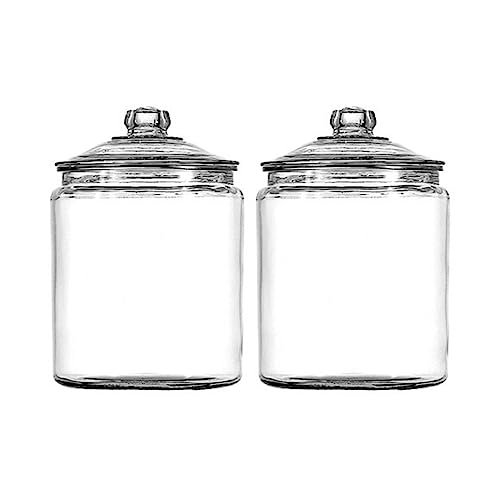
For a vintage-inspired look like Stewart's, we love this glass jar set – perfect for storing goods in excess. They have oversized lids for easy gripping and substantial weight to stay sturdy on any counter or basement shelf.
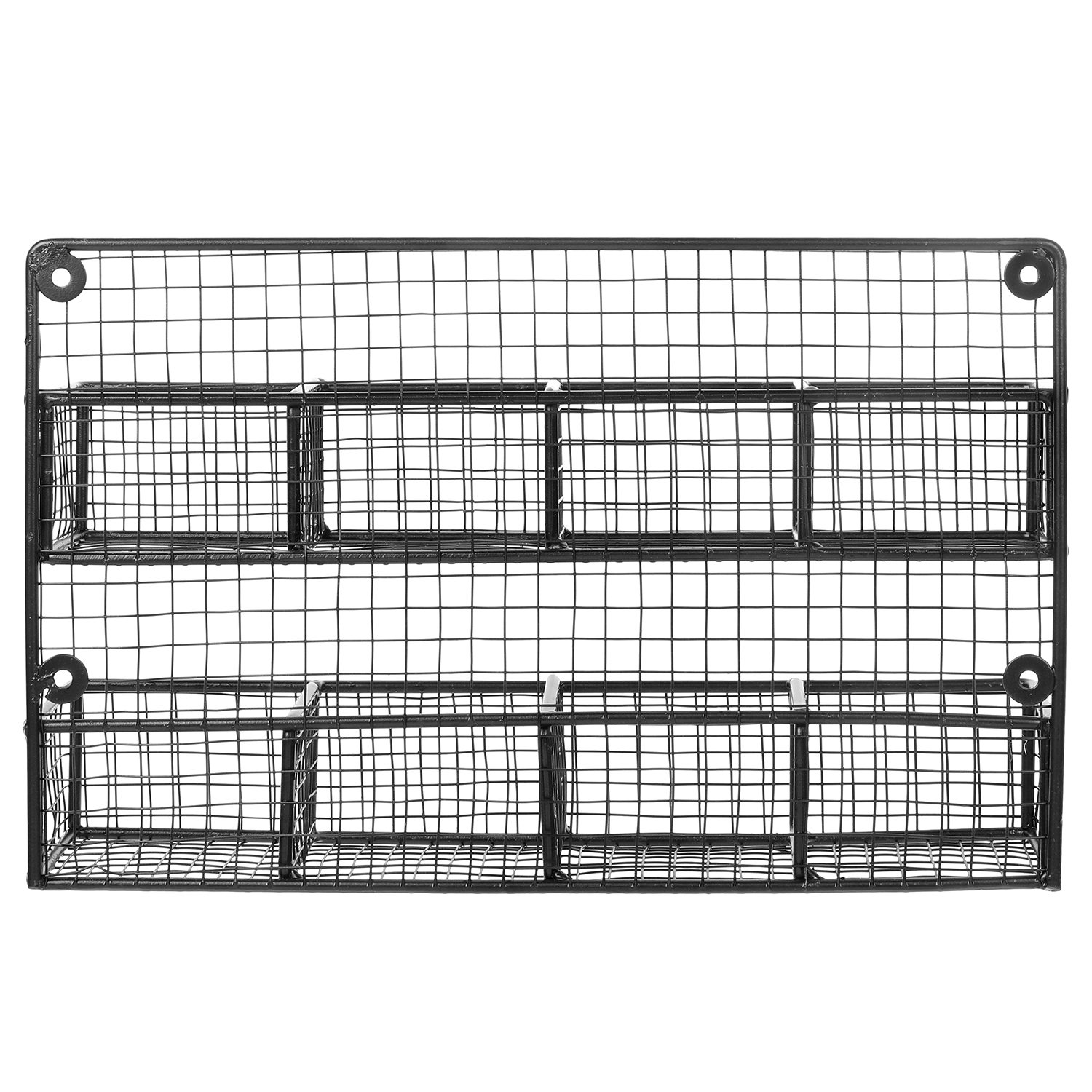
This product is easy to install with simple hardware, and can be mounted to the wall, cabinet or pantry door. It has great uses even beyond the basement.
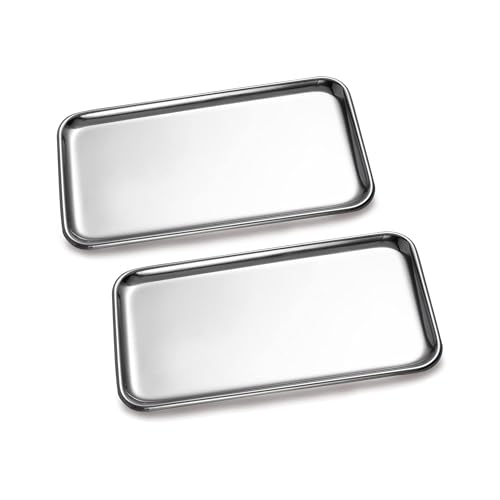
Follow Martha's example and keep your counters in order with a series of silver trays. Made of high quality stainless steel. this tray is is small with very smooth rolled edges, ensuring you'll never cut yourself with a sharp edge (and the surface polish is consistent throughout).
Martha's basement is curated in a way that resembles a home office or craft room. The colorful ribbons juxtapose the white walls and gray furniture, making it feel welcoming. I wouldn't want to rush away from it, and that's the first time I've felt that way about a basement.
However, I am not alone in my newfound observations. Jodi Peterman, a Florida-based designer and founder of Elizabeth Erin Designs, emphasizes that this space doesn't need to feel like an 'afterthought'.
'When designed intentionally, they can become some of the coziest, most livable spaces in the home. I always say, “Just because a space is below ground doesn't mean the design should be,' she says. When following Martha's example, Jodi explains that mastering lighting is key.
'Lighting is the obvious challenge, but also the biggest opportunity. I layer lighting like I’m frosting a cake: recessed ceiling lights for function, sconces for warmth, and floor or table lamps to give that inviting glow. A trick I love is using mirrored or high-gloss surfaces sparingly – like on furniture legs, frames, or trays – because they help bounce light around, even when it’s artificial.'
Design expertise in your inbox – from inspiring decorating ideas and beautiful celebrity homes to practical gardening advice and shopping round-ups.
Inevitably, color also plays an impactful role, but naturally, Martha has mastered this, too. 'Everyone runs straight to bright white, but that can backfire and make the room feel sterile or cold. I tend to use creamy, soft neutrals like Benjamin Moore’s Swiss Coffee or even a subtle blush or clay tone to reflect warmth instead. Paint the ceiling a slightly lighter version of the walls, it keeps the space feeling lifted rather than boxed in,' Jodi says.
'With the right lighting, color story, and tactile materials, basements can feel like an extension of the main home – not a dungeon you apologize for when guests come over.'
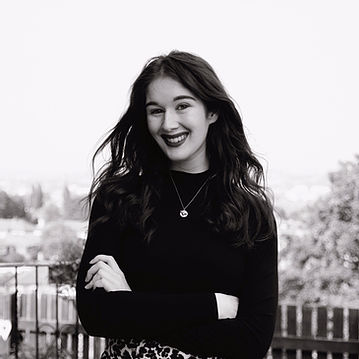
Megan is the Head of Celebrity Style News at Homes & Gardens, where she leads the celebrity/ news team. She has a history in interior design, travel, and news journalism, having lived and worked in New York, Paris, and, currently, London. Megan has bylines in Livingetc, The Telegraph, and IRK Magazine, and has interviewed the likes of Drew Barrymore, Ayesha Curry, Michelle Keegan, and Tan France, among others. She lives in a London apartment with her antique typewriter and an eclectic espresso cup collection, and dreams of a Kelly Wearstler-designed home.